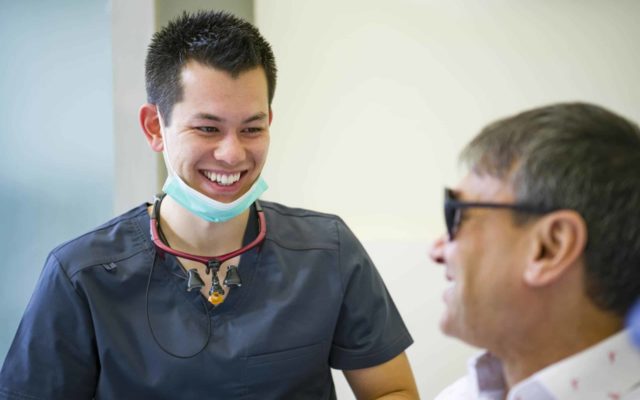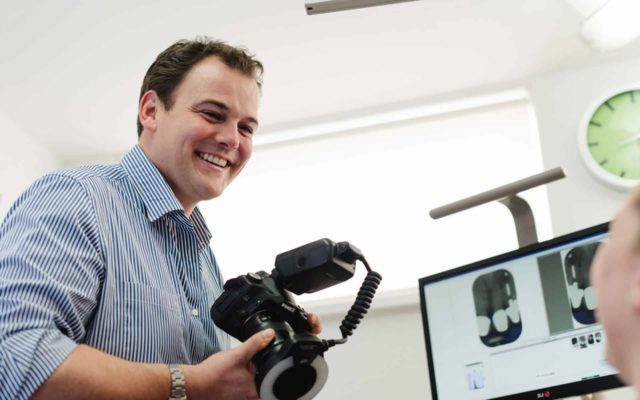You’ve probably noticed that search results aren’t what they used to be. Your rank is likely to be changing, too – on an almost daily basis – as Google rolls out evolutions and experiments. What was once a simple, ten-link list has transformed into a dynamic, fluid results page, driven by AI, user intent, and new content formats.
The anatomy of search results is changing – but what’s different? And how can practices stay visible in this new and uncharted territory?
AI overviews
With the introduction of Google’s Search Generative Experience (SGE) and AI-powered results, we’re seeing a major shift in how the answers to search queries are delivered. AI summaries now appear at the top of many results pages, pulling insights from multiple sources, often without showing full citations.
This marks a key shift because users can expand answers, ask follow-up questions, and dive deeper without clicking any external links at all. As a result, organic traffic to websites may decrease. And because individuals can get what they need without visiting your site, being featured in AI answers is now a necessary part of any SEO strategy.
Zero-click results
This may be a term you’re already familiar with, but in a nutshell, it means that because Google is increasingly able to answer queries within its search results (as I’ve mentioned above), it removes the need to visit a website.
Examples include:
- Featured snippets;
- Knowledge panels;
- Quick facts;
- Local packs (we’ll dive into these in more detail in a moment).
As a result, fewer searches now lead to onward clicks. Instead, businesses need to focus on visibility and authority, rather than traffic alone.
Local pack and map results
For location-based searches, such as “dentist near me” or “treatment [location]”, local pack results will often appear above organic results. This means that because AI can offer personalised results based on location, history, and context, your Google Business profile is now just as important as your website.
Consistent local SEO and positive reviews are crucial for visibility. So, it’s worth spending some time ensuring that this area is working as hard as it can in your favour.
Visually rich SERPs
Search engine results pages (SERPs) have become far more visually engaging – and far more competitive.
Results often include:
- Image carousels;
- Video thumbnails (often from YouTube);
- Product/treatment listings;
- FAQs and expandable menus.
So, strong multimedia content will boost your visibility. In particular, as I’ve mentioned above, YouTube videos often star as top visual cards, featured snippets and as a dedicated “Videos” section on the page. If you’re producing video content for social channels, do cross-post this to YouTube to maximise your visibility.
From a technical perspective, a correctly implemented schema markup and structured data will help your content get picked up and make it more likely to be displayed.
Blended ads results
It used to be easy to identify paid ads in a results page, but this is no longer true. Instead of sitting at the top or side of the SERP, they’re blended into the page, making them much harder to spot. And other things are changing in the ads space, too.
Google is also expanding Performance Max and responsive ad formats, allowing them to automatically adapt to different spaces and multiple channels. This is good news for advertisers, as it should improve performance and reporting, and make it easier to set up campaigns.
Alongside this, Google Ads is testing how to use AI to rewrite headlines and descriptions based on user intent. This hasn’t been fully rolled out yet, but it will see adverts utilising AI to pull in blog articles as headlines and destinations for ad clicks. If a full blog title is used, headlines may effectively become longer.
This is likely to happen if Google determines that a blog article may achieve better conversions than a landing page. With the correct tracking measures in place, such as an enquiry form and telephone tracking, this data will become crucial in testing the effectiveness of your wider site content.
This all ties in with the way that Google’s AI is rewarding in-depth and well-structured content. It also means that a combined organic and paid strategy is now your best bet for success.
Mobile-first and voice-inspired search
As our browsing evolves, search results are increasingly shaped by mobile-first design and voice search behaviour. Mobile SERPs are more scrollable, card-based, and AI-integrated, making them fit better within the size and functionality of a phone.
The rise of ChatGPT and digital assistants like Siri is teaching people to use more natural language queries, such as “How can I fix a cracked tooth?” This means it’s useful to optimise for conversational, question-based keywords – which can often be longer-tail – and ensure that your site is fast loading, with mobile-friendly pages and clear calls to action.
More personalisation, less predictability
AI personalisation means that today, two people could search for the same thing and see completely different results. These will be based on their:
- Location;
- Search history;
- Device;
- Google account activity.
With dynamic rankings such as these, your dental brand needs to focus on relevance and trust signals, not just traditional SEO.
Social media in SERPs
As it moves to provide a diversity of rich, intent-based content, Google is showing ever-more social media results in search. Although this social media content isn’t always front-and-centre, it’s playing a growing role in how people discover information through search.
When you’re using the platform, you’ll probably spot that Google often includes links to social platforms in the right-hand knowledge panel. These are pulled from official accounts, and consistent NAP (name, address and phone number) citations, which are found in directory entries and online profiles.
On mobile in particular, Instagram content is beginning to appear in search results. This content is more likely to be indexed if it’s from a business account with a clear username that matches your brand. However, at the moment, individual Facebook posts, LinkedIn posts, and Instagram captions are not widely indexed due to platform restrictions and privacy.
What this means for your strategy
If we can be sure of one thing, it’s that the anatomy of search results is by no means static. It’s intelligent, multi-layered, and evolving all the time. With AI, visuals, voice, and personalisation leading the way, your SEO and digital strategy must be as adaptable as the world it exists within.
Luckily, there’s a huge amount that you can do to help things along. To recap, here’s how you can best adapt:
- Diversify your content, including videos, treatment FAQs, reviews, images, and product data;
- Help Google understand and present your content visually;
- Optimise for zero-click search by providing clear, concise answers that work as snippets or AI summaries.
- Invest in content and local SEO tactics, as Google Business Profile, reviews, and NAP consistency are vital;
- Blend organic and paid digital, supporting your content with strategic ad placements;
- Apply your dental branding across all social profiles, helping Google to trust and display your accounts;
- Include links to your social media on your dental practice website;
- Cross-post valuable content to your YouTube channel and social platforms to boost your visibility in search.
Instead of solely chasing rankings, prioritise usefulness and authority. The latest changes in search and AI are essentially bringing SEO more closely in line with content marketing. There’s nothing fundamentally different in how AI can be approached by one business compared to another. It’s your brand and customer experience that set you apart (as they always have), so draw on this to create original, trustworthy content. This is something that will always pay dividends.
How we’re keeping up
SEO has never stood still, but today the search landscape is more intelligent, personalised, and varied than it’s ever been before.
With the rise of AI-driven search, changing user behaviours, search language, and evolving SERP layouts, we’re adapting to constantly shifting sands. This is a challenge, but it’s also a scenario rich in opportunity.
At Hive, we’re approaching this in many different ways, including monitoring Google’s updates and tapping into sources like tech communities and SEO tools, to catch and understand trends early. We’re also focusing on areas such as click-through rates, user intent, zero-click visibility (such as snippets, FAQs and AI summaries), and engagement metrics.
Working with AI means embracing its potential from a position of brand guardianship – leading us to experiment with AI tools and test how content appears, while applying critical oversight to ensure that quality, relevance, and originality remain intact.
Fundamentally, this is a complex and fast-paced realm, so if you have any questions, we’d love to help – just get in touch to find out more about our dental marketing services.








